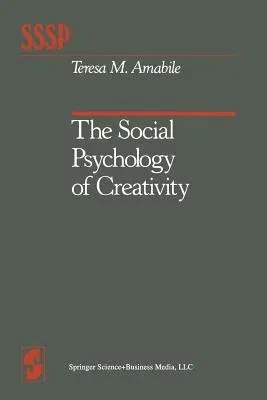Teresa M Amabile
(Author)The Social Psychology of Creativity (Softcover Reprint of the Original 1st 1983)Paperback - Softcover Reprint of the Original 1st 1983, 9 October 2011

Qty
1
Turbo
Ships in 2 - 3 days
In Stock
Free Delivery
Cash on Delivery
15 Days
Free Returns
Secure Checkout
Part of Series
Springer Social Psychology
Part of Series
Springer Series in Social Psychology
Print Length
245 pages
Language
English
Publisher
Springer
Date Published
9 Oct 2011
ISBN-10
146125535X
ISBN-13
9781461255352
Description
Product Details
Author:
Book Edition:
Softcover Reprint of the Original 1st 1983
Book Format:
Paperback
Country of Origin:
NL
Date Published:
9 October 2011
Dimensions:
23.39 x
15.6 x
1.4 cm
ISBN-10:
146125535X
ISBN-13:
9781461255352
Language:
English
Location:
New York, NY
Pages:
245
Publisher:
Weight:
371.95 gm

